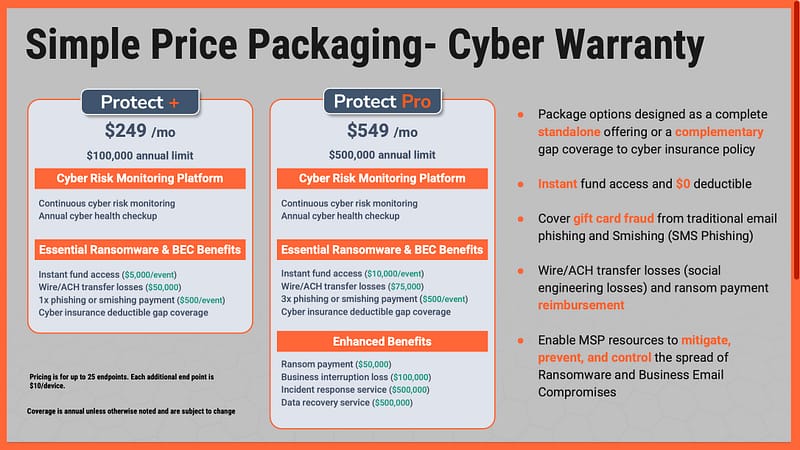Hybrid IT can also be termed as Hyperconverged Infrastructure or HCI. HCI offers numerous benefits to modern technology, making it the ideal choice to overcome the challenges of legacy enterprise data centers. Hyperconverged infrastructures are currently being utilized in many Fortune 500 companies, government agencies, and other IT-dependent industries due to their ability to streamline operations while reducing costs. The list below focuses on how enterprises can use a hyper-converged infrastructure to improve application development and deployment:
Avoid Wasting Time on Mundane Work
When it comes to working, any time you spend on something repetitive is essentially wasted time — time that could’ve been better spent on something else. When it comes to working, any time you spend on something repetitive is essentially wasted time — time that could’ve been better spent on something else. The problem with repetitive work is that there’s no opportunity for anything new to happen for your business.
Matching skills to equipment
As your server requirements increase, you are likely to need more administrators to handle the added workload. An administrator’s task is complex and requires a lot of technical know-how. You will need additional expertise which is often difficult without the proper training and guidance. Training is a challenge in and of itself. It can also be a bottleneck if you don’t have the right skills and knowledge to train new employees.
Fully maximize your investments
Unused equipment is like money sitting in the bank. If you’re not taking full advantage of your investments, the return on that investment will suffer, and that will set you back. Without a properly guided hybrid infrastructure, you may only be using a fraction of the capacity of your IT systems and you’re losing money because of the unnecessary surplus. Instead, you can siphon the unallocated budget to contribute to new projects, innovation, or anything else your business could use.
Mitigate Risks
Risks can come from all points when you’re running an already efficient IT system. Because of business needs, you will soon find yourself scaling your equipment, halting your operations to perform system maintenance, and create layers of data protection. Here are more specifications:
Procurement:
The details in acquiring new hardware for your data center can be overwhelming. Staying on top of the details can take its toll on you. Before you purchase, ask yourself these questions:
- If you expand your existing IT system, will it create a significant downtime that will affect your operations?
- If your upgrading your storage, will the existing firmware support the new hardware?
- Will the storage and performance capacity in terms of IOPS (input/output operations per second) enough to accommodate your existing operations?
Operations
In practice, you need redundancy servers or backup data versions of everything to maintain the level of your operations. An extended period of outage will result if no backup systems are in place. Redundancy is a norm in IT but it comes at a cost. Specialized skills are necessary to maintain them, but you can’t be sure whether all your redundant components will work together.
Data Protection
Planning is everything when it comes to data protection. When the unexpected happens, the blame game runs automatically if preparations are not in place. But an ecosystem well-prepared by the vendor will automatically work on the backup, but backup is only valuable if it can be retrieved. Hence, it’s not only about backup that’s vital, it’s about recovery. It is about getting your company back up and running quickly.
In times where ransomware and other cyberattacks are on the rise, systems and applications must remain highly available but data must be safe. However, as the diversity of hardware increases, achieving these critical goals becomes more difficult.
Companies can substantially reduce risk by adopting hyper-converged infrastructure solutions. These hyper-converged infrastructure architectures include all the components needed to form a simple, secure, easily managed system that operates seamlessly.
Quickly keep up with changing needs
Today’s commerce markets are intensely competitive, and IT issues can’t be allowed to slow operations. Products and services must reach the marketplace as soon as possible. That’s why the public cloud is such an attractive option for business users because it enables teams to quickly get move goods to and from the market in a fast and efficient way.
Many IT departments simply build larger infrastructures to meet the demands of business units, but these are actually cumbersome and costly. In the long run, such as system becomes vulnerable and less reliable. This server complexity is a lot like making a house of cards, and the slightest change can bring it all down.
As business requirements constantly evolve, it’s important to have an agile infrastructure that supports the ability to rapidly deploy new applications and services.
Learn more with this Ebook: Hyperconverged Infrastructure for Dummies by Scott D. Lowe















